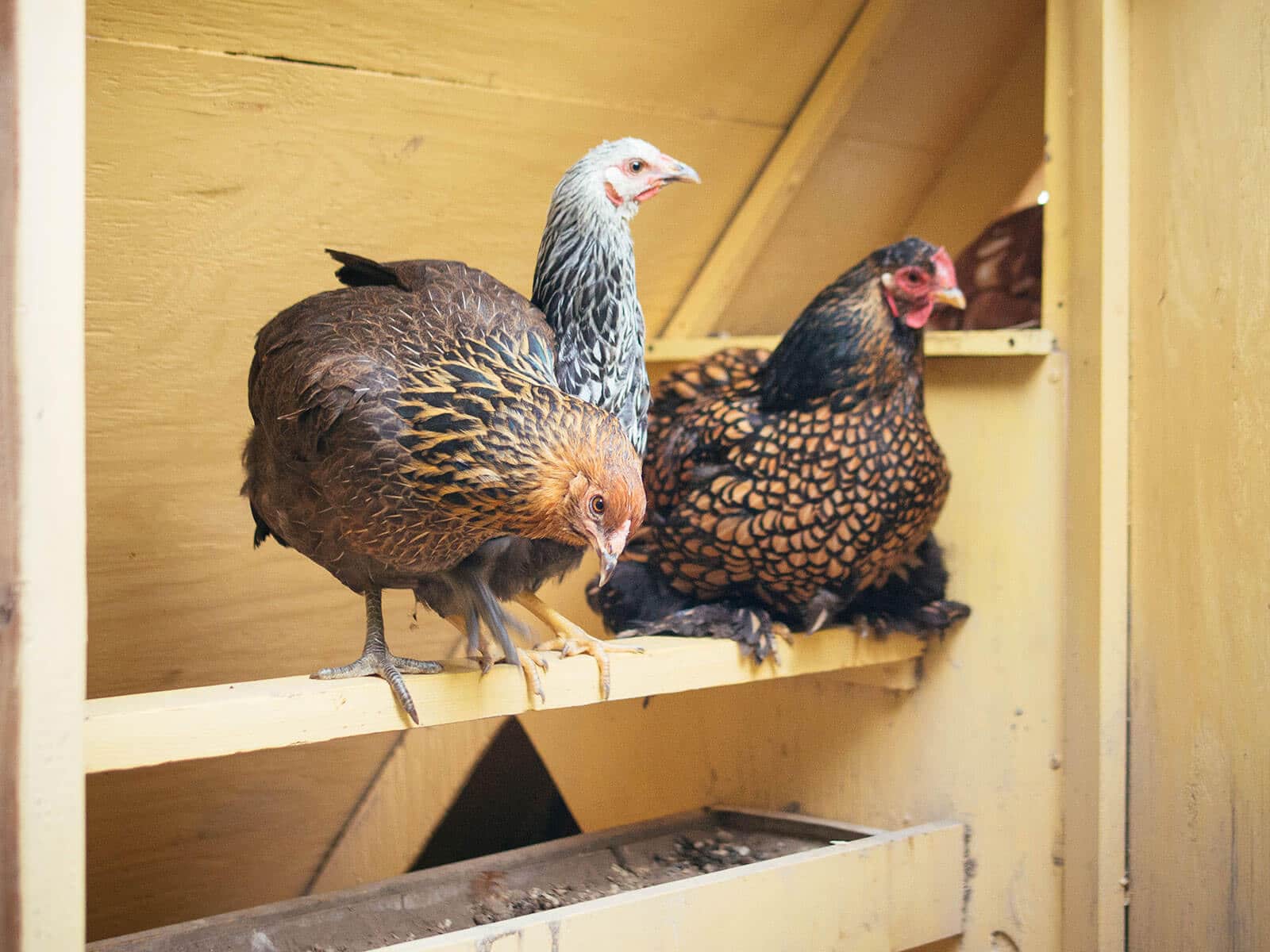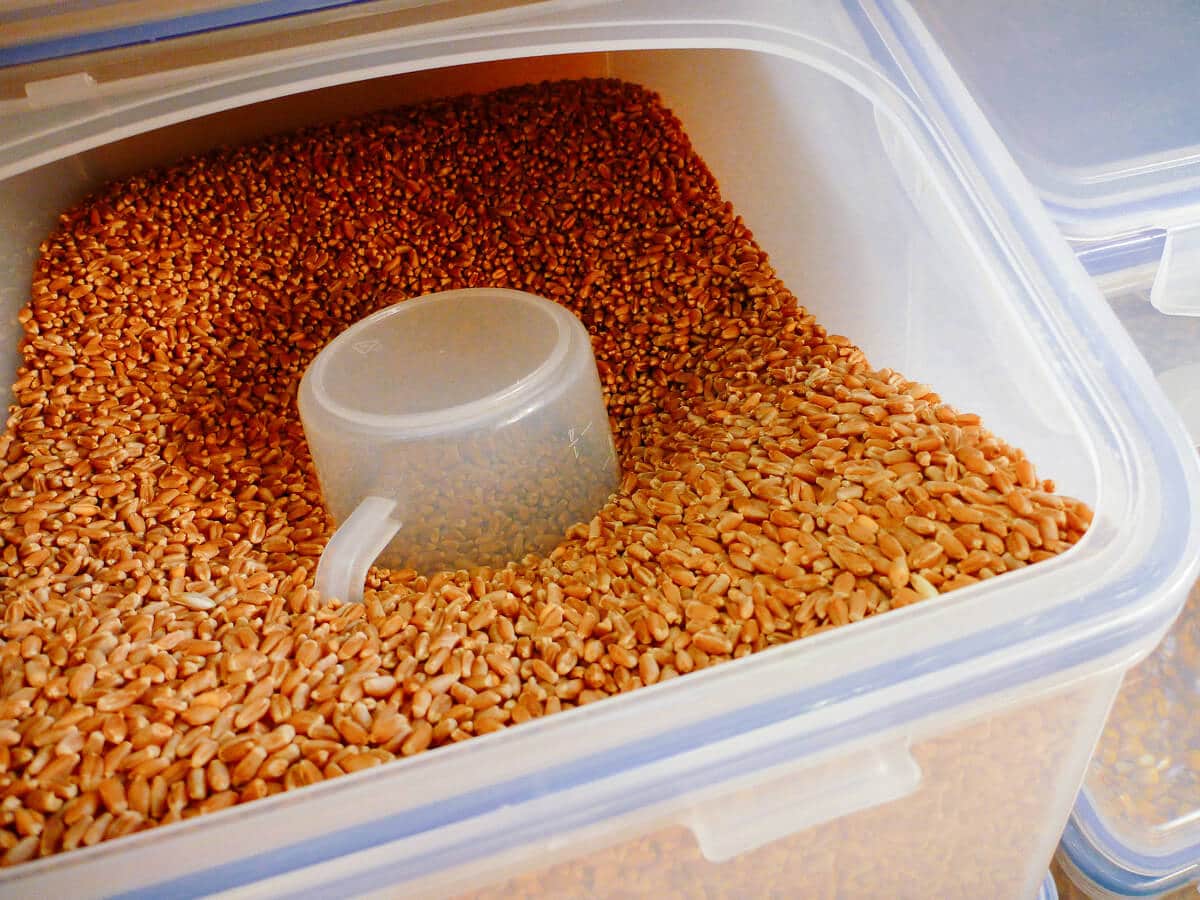Feeding chickens can get expensive, especially if you want to provide them with high-quality, organic and non-GMO feed. A 50 lb bag of premium chicken feed can cost $40 or more. However, there are ways to save money by making your own homemade chicken food. With some simple ingredients and a bit of time, you can whip up nutritious feed for pennies on the dollar compared to store-bought options.
In this comprehensive guide, we’ll cover everything you need to know about making your own chicken food, including:
- Benefits of homemade chicken food
- Chicken nutritional needs
- Ingredients for homemade feed
- Feed recipes
- Storing and preparing feed
- Feeding chickens of different ages
Benefits of Homemade Chicken Food
Here are some of the main advantages of making your own chicken food:
-
Cost savings – You can make feed for a fraction of the price of commercial feeds, Savings of 50% or more are possible
-
Control ingredients – You decide what goes into the feed and can avoid artificial additives, preservatives, GMOs, fillers etc.
-
Tailor nutrition – Formulate feed specifically for chicks, pullets, layers, broilers, etc.
-
Use local ingredients – Support your local economy by using grains and seeds from nearby farms.
-
Avoid waste – Mix up small batches as needed to prevent spoilage.
-
Ferment feed – Fermenting can boost nutrition, digestive health, and feed efficiency.
-
Satisfaction – DIY feed provides a sense of self-sufficiency and pride.
Understanding Chicken Nutritional Needs
Chickens need balanced nutrition to stay healthy and productive. Their feed should contain:
-
Energy From carbohydrates (grains) and fats Needed for body maintenance, growth, eggs, etc.
-
Protein: For muscle, tissue, feathers, egg production. 10-20% ideal.
-
Calcium: For egg shells and bone health. Free-choice oyster shell supplements.
-
Grit: Helps grind/digest food in gizzard. Free-choice.
-
Vitamins & Minerals: Support vital bodily functions and immune health.
-
Water: Chickens drink roughly twice as much water as they eat feed.
Nutritional needs vary based on factors like chicken breed, age, climate, and production level. For example, chicks need higher protein (20-24%) while layers need more calcium. Meat chickens have higher energy requirements as well.
Fortunately, with the right ingredients, we can meet all their dietary needs through homemade mixes.
Ingredients for Homemade Chicken Feed
Here are some common ingredients for assembling nutritious DIY chicken food:
Grains: corn, wheat, oats, barley, sorghum, millet
Seeds: flax, sunflower, safflower, sesame
Legumes: peas, lentils, beans
Leafy Greens: grass, alfalfa, kale, spinach, lettuce
Supplements: oyster shell, kelp, brewer’s yeast
Animal Protein: mealworms, soldier fly larvae
| Entity | Frequency |
|---|---|
| Corn | 3 |
| Wheat | 2 |
| Oats | 2 |
| Barley | 1 |
| Sorghum | 1 |
| Millet | 1 |
| Flaxseed | 1 |
| Sunflower seeds | 1 |
| Safflower seeds | 1 |
| Sesame seeds | 1 |
| Peas | 1 |
| Lentils | 1 |
| Beans | 1 |
| Grass | 1 |
| Alfalfa | 1 |
| Kale | 1 |
| Spinach | 1 |
| Lettuce | 1 |
| Oyster shell | 1 |
| Kelp | 1 |
| Brewer’s yeast | 1 |
| Mealworms | 1 |
| Soldier fly larvae | 1 |
Choose organic, non-GMO ingredients whenever possible. Variety is key – the more diverse the ingredients, the better. Each ingredient supplies a different mix of protein, carbs, fat, vitamins, minerals, and antioxidants.
Homemade Chicken Feed Recipes
Here are two sample recipes for DIY chicken feed:
Basic Starter Recipe
Layer Recipe
- 4 lbs organic wheat
- 4 lbs organic oats
- 3 lbs organic corn
- 2 lbs lentils
- 2 lbs barley
- 1 lb flaxseed
- 1 lb sunflower seeds
- 1⁄2 lb mealworms
- 1⁄2 lb scratch grains
- 2 oz oyster shell
- 2 oz kelp
Adjust ingredients based on cost, availability, and your flock’s needs. More protein for chicks and meat birds, more calcium for layers. Shoot for around 16-18% protein, depending on the purpose of your flock.
Always provide free-choice oyster shell and insoluble grit. Let chickens self-regulate intake.
Supplement with kitchen scraps, garden plants/insects, and other treats. Free-range time provides natural nutrition.
Storing and Preparing Homemade Feed
-
Store feed in metal trash cans, buckets or rodent-proof bins. Keeps pests out.
-
Mix ingredients well before feeding. Prevents selective eating.
-
Grind or crumble grains if needed. Makes eating easier.
-
Consider fermenting feed. Boosts nutrition.
-
Don’t premix more than a 2-4 week supply. Prevents spoilage.
-
Keep feed cool and dry. Discourages mold.
Refrigerate moist ingredients like mealworms if not feeding immediately. Discard moldy feed – don’t take risks.
A quality feed mill can grind and mix ingredients for you for a small fee. Worth considering for large flocks.
Feeding Chickens of Different Ages
Tailor feed nutrition to the age and purpose of your flock:
Baby Chicks: 20-24% protein feed with smaller, crumbled grains.
Pullets: 16-18% protein until start of lay, then switch to layer ration.
Laying Hens: 14-16% protein, extra calcium.
Meat Birds: 18-22% protein with higher energy.
Roosters: No special needs, can eat layer feed.
The right nutrition is critical during chick and pullet phases for proper growth and development. Don’t skimp on quality feed early on.
Once the fundamentals of an appropriate diet are met, chickens are pretty flexible. They’ll thrive on a diverse mix of grains, supplements, treats, and forage.
With the right ingredients, recipes, storage, and feeding techniques, you can easily create nutritious, money-saving homemade chicken feed. Tailor your mixes to the specific nutritional needs of your flock. Supplement with free-range foraging, kitchen scraps, and treats. With a little practice, you’ll be churning out quality DIY feed like a pro!
Your chickens will enjoy improved health and welfare thanks to your homemade food made with care. You’ll save money and gain satisfaction knowing what goes into your chickens’ diets. Homemade feeding benefits chickens and chicken-keepers alike!

How much does DIY chicken feed cost?
My homemade chicken feed actually costs the same as the commercial poultry feed at my local feed store. This may not be true for everyone, but on the west coast, a premium bag of soy-free, organic layer pellets averages $0.70 per pound.
My soy-free, almost organic, whole grain feed costs $0.69 per pound (and would even be less if I purchased in larger bulk quantities—but I have a small flock and very limited storage).
This isn’t cheap chicken feed by any means, but it’s also not exorbitantly expensive considering the quality ingredients that go into it. You can lower the cost by going in with a fellow chicken-keeper on 50-pound bags of grains, or by using animal-grade ingredients instead of human-grade (which is what you’ll find in feed stores, and they’re perfectly acceptable).
An unexpected advantage of mixing my own feed is that I can share a lot of the grains, legumes, and seeds with my chickens, and I even use some of the same grains in my homemade dog food.
The ingredients are all human grade and mostly organic, and the fact that they can feed the whole household makes buying 10- or 25-pound bags of grains more feasible.
While there was a lot of legwork in the beginning to make my own recipe, the payoff is learning more about nutrition than I ever thought I would and knowing what goes into my chickens’ food (and ultimately, what goes into me).
I mix a new batch of feed two or three times a month. It feels like garden therapy. I have a strange love for running my hands through a mountain of whole grains.
It’s not any more work than refilling the feeder with bagged feed, and I have the option of changing up the mix every once in a while, rather than being stuck with the same 50-pound bag of commercial feed.
(This is advantageous if you have a mixed flock of chicks, pullets, and/or layers with varying protein needs, or want to alter their diet in winter or summer. I cover the nutritional needs of different age groups in my post that helps you calculate protein for your own chicken feed.)

Why should you make your own whole grain chicken feed?
Commercial poultry feed comes in crumble or pellet form, neither of which looks like real food to me. Since real food comes out of my chickens, I want real food to go into them.
Crumbles and pellets are already formulated to contain the nutritional balance that a chicken needs, but the process of cracking, mashing, pressing and/or heating the grains (often times, not even quality grains) causes them to go stale and lose some of their nutritional value—even months before you buy them.
On the other hand, whole grains (which you can pick and choose) retain all of their nutrients.
With a whole grain diet, I’ve noticed that my hens eat less and poop less (as opposed to the crumble diet they started on). This leads me to believe that their bodies are processing the food better and it’s not just passing through them.

We STOPPED Making HOMEMADE CHICKEN…(you should too)
FAQ
How to make food for chicken at home?
- 30% Corn
- 30% Wheat
- 20% Peas
- 10% Oats
- 10% Fish Meal
- 2% Poultry Nutri–Balancer
- Free Choice Kelp
- Free Choice Aragonite
What is a good homemade chicken feed?
But don’t worry: you don’t need to sacrifice your best sourdough to the birds — corn, millet, and barley are also great options for their feed. Fat (and fatty acids): Fat provides even more energy than carbohydrates do, and it makes the food tastier for chickens (just like it does for us).
How to make your own chick food?
- 1/2 Cup Meal Worms.
- 1 Cup Corn Meal.
- 2 Cups Rolled Oats.
- 2 Cups Chicken Starter food.
Is it worth making your own chicken feed?
You won’t save money mixing your own feed, and you’ll have to buy in bulk quantities that may create more feed than you can use before it spoils, if you don’t have 100s of chickens. Then you’ll need vitamins/minerals/amino acids to add to the mix…
